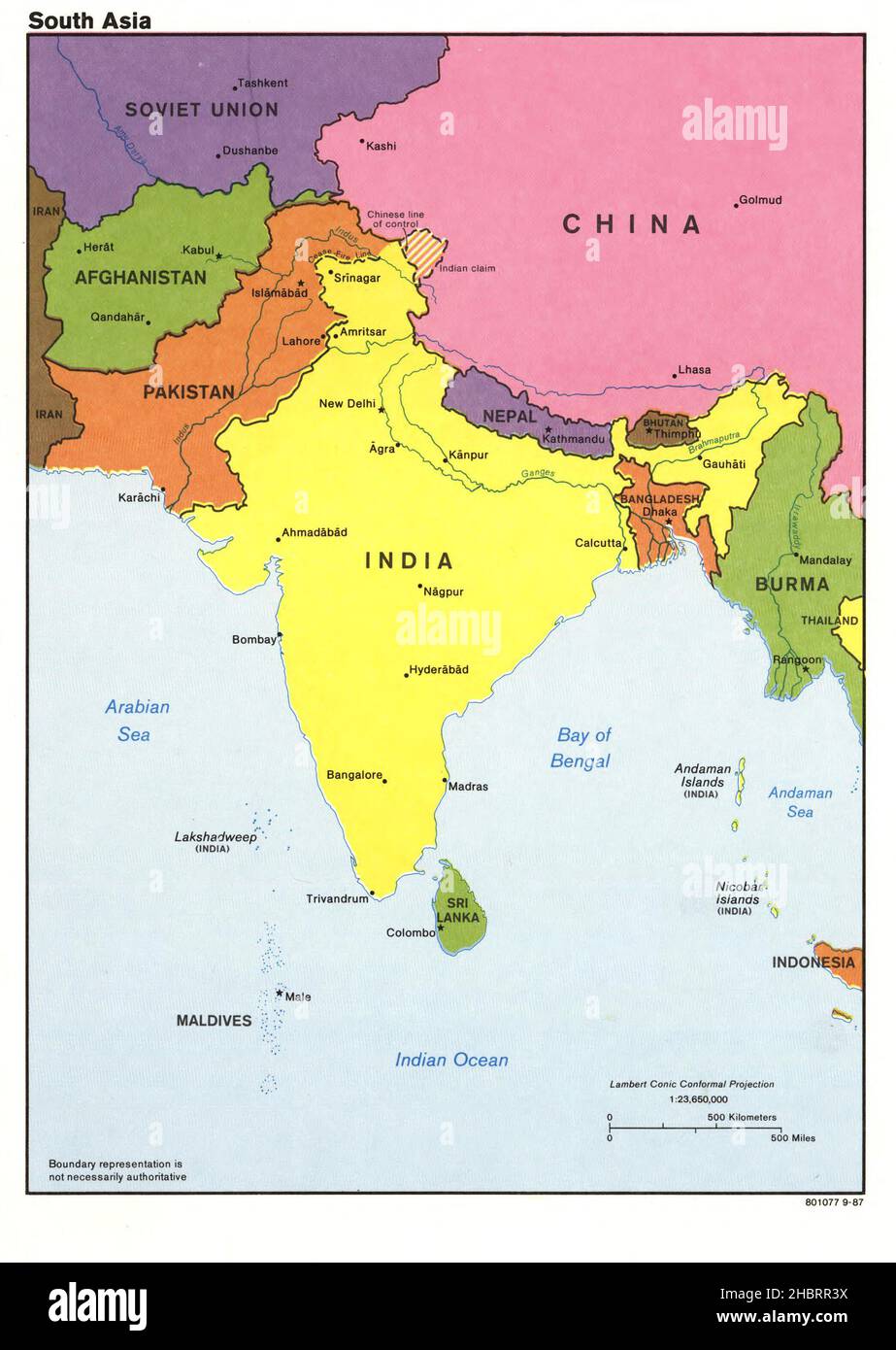
Introduction
The South Asian community in Canada has rapidly become one of the most significant cultural groups in the country, contributing richly to its diversity and economy. With a population exceeding 1.9 million, South Asians represent around 5.6 percent of the total Canadian population, making their presence increasingly influential across various sectors such as business, politics, and culture.
Community Growth and Demographics
Recent statistics from Statistics Canada reveal that the South Asian population has grown at an unprecedented rate over the past decade. Cities like Toronto, Vancouver, and Calgary have seen particularly notable increases in residents of South Asian descent. The 2021 Census showed that South Asians are now one of the largest visible minority groups in Canada, demonstrating the acceptance and integration of diverse cultures within Canadian society.
Economic Impact
The economic contributions of the South Asian community are substantial. Many entrepreneurs within this community have established successful businesses, from restaurant chains to technology firms, boosting local economies and creating jobs. According to the Canadian Federation of Independent Business (CFIB), South Asian-owned businesses are a significant part of Canada’s economic framework. Furthermore, in a 2019 study, it was found that South Asian business owners contribute around $22 billion annually to the Canadian economy.
Cultural Contributions
Beyond economic impact, South Asians have greatly enriched Canadian culture. Festivals like Diwali, Vaisakhi, and Eid are celebrated with enthusiasm, promoting cultural understanding and inclusivity. Additionally, South Asian artists, musicians, and authors have been gaining visibility, influencing Canadian arts and media. Notably, figures such as author Kamila Shamsie and musician Ravi B have paved the way for more representation in their respective fields.
Political Representation
Political representation of South Asians in Canada has also improved, with numerous community members holding elected office at various levels of government. Prominent figures such as Jagmeet Singh, the leader of the New Democratic Party (NDP), and several members of Parliament reflect the increasing visibility and political influence of South Asians in Canada. Their presence not only amplifies South Asian voices in politics but also fosters greater civic engagement within the community.
Conclusion
The South Asian community’s growth in Canada is transforming the social, cultural, and economic landscape of the nation. As this community continues to thrive and expand, it is paramount that their contributions are recognized and celebrated. With projected future growth, South Asian Canadians will likely play an even more critical role in shaping Canada’s multicultural identity and should expect more influence in politics, business, and community development.